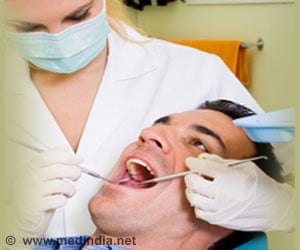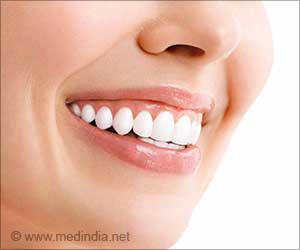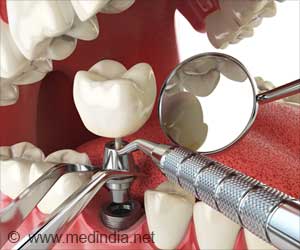Dental cavities can be prevented by maintaining a constant low level of fluoride in the oral cavity.

‘The most common oral diseases are dental cavities, periodontal (gum) disease, oral cancer, oral infectious diseases, trauma from injuries, and hereditary lesions. A regular dentist visit, professional teeth cleaning and oral examination once in 6 months is a must.’





Bacteria that live in the mouth digest these foods, turning them into acids. The bacteria, acid, food debris, and saliva combine to form plaque, which clings to the teeth. The acids in plaque dissolve the enamel surface of the teeth, creating holes in the teeth called cavities. Dr Gautam Deshpande, Managing Director - Scandent, recommends brushing your teeth at least twice a day with a toothpaste that has optimum fluoride-content. Brush after each meal, especially before going to bed should be your daily habit. Brushing your tongue too helps remove bacteria from your mouth and freshens your breath. Clean between your teeth daily with dental floss or interdental cleaners like Oral-B which are commonly available. Do we know how to choose our mouthwash? -Rinse daily with a fluoride-containing mouthwash. Some rinses like 'Listerine' also have antiseptic ingredients to help kill bacteria that cause plaque. My teeth reflect what I Eat- Eat nutritious and balanced meals and limit snacks. Avoid carbohydrates such as candy, pretzels and chips, which can remain on the tooth surface. If sticky foods are eaten, brush your teeth soon afterwards. A supplemental fluoride, which strengthens your teeth can be used only if your local dentist prescribes.
The Benefits of plain water!- Drink fluoridated water. At least a pint of fluoridated water each day is needed to protect children from tooth decay. A regular dentist visit, professional teeth cleaning and oral examination once in 6 months is a must. Are you flossing in the correct way? Daily flossing is also recommended. Flossing helps to clean out the tight spaces between the teeth.
If you have braces, you may need to use floss threaders to get between the metal brackets. At your next dental appointment, ask your dentist for a quick flossing demonstration to make sure you are flossing the right way.
Source-ANI










